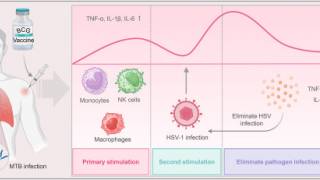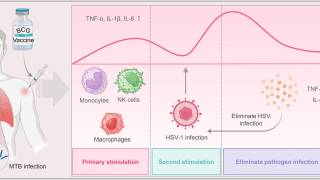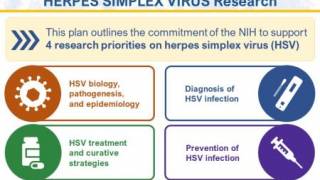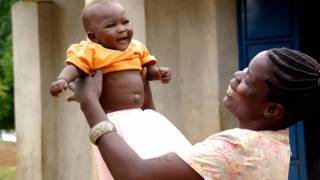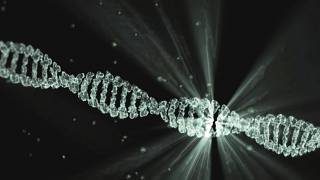Herpes Infection Reduces Your Quality of Life

A recent study confirmed Genital herpes (GH) is a common sexually transmitted disease associated with adverse health outcomes, which can now be measured in lifetime quality-adjusted life years lost (QALYs).
Published by The Lancet Regional Health Americas on February 7, 2023, this study calculated the average QALYs in the United States is about 18 days of life for one person.
The average number of QALYs lost per GH infection for people aged 18–49 years due to genital HSV-1 and HSV-2 was 0.01 (95% UI 0.01–0.02) and 0.05 (95% UI 0.02–0.09), respectively.
And the burden of genital HSV-1 is higher among women, while the burden of HSV-2 is higher among men.
Furthermore, the QALYs lost per neonatal herpes infection were estimated to be 7.93 (95% UI 6.63–9.19).
At the population level, the total estimated lifetime QALYs lost due to GH infections acquired in 2018 was 33,100 (95% UI 12,600–67,900) due to GH in adults and 3,140 (95% UI 2,260–4,140) due to neonatal herpes.
GH also leads to a financial burden, especially on families with neonates who develop neurological impairment due to neonatal HSV infections.
Adult GH's direct lifetime medical costs were estimated at $972 per treated case. In contrast, the lifetime costs of managing neonates with neurological sequelae varied from $21,000 to $570,000 per child, according to the severity of the condition.
Furthermore, these researchers did not include the indirect effects of GH, such as the increased risk of the acquisition of HIV.
Results from this U.S. Centers for Disease Control and Prevention study can be used to compare the burden of GH to other sexually transmitted diseases, wrote these researchers.
On a per-infection basis, the estimated average number of QALYs lost due to GH (0.05 QALYs) is smaller than that due to HIV (5.80 QALYs), syphilis (0.09 QALYs), and gonorrhea (among women, 0.09 QALYs).
While the burden of GH is higher than that of per gonorrhea infection among men (0.0015-0.002 QALYs) and per case of genital warts (0.024 QALYs).
At the population level, the estimated total quality-of-life burden due to GH in the US (33,100 QALYs) exceeds that of syphilis (13,300 QALYs), mainly due to the higher incidence of GH.
This study made several conservative assumptions that may underestimate the actual HSV burden.
They considered only the direct effects of genital HSV infections on the losses of QALY.
A study on HSV-2 and HIV interactions indicated that if prevalent genital HSV-2 infection increases HIV acquisition risk, 25.1% (95% UI 20.9-30.8%) of the incident, sexually-acquired HIV infections could be attributed to HSV-2 between 2019-2028.
And they did not include encephalitis as an adverse outcome in this model.
As of April 6, 2023, there is no cure for herpes, but a new, innovative treatment is approaching authorization.
AiCuris Anti-infective Cures AG's oral tablet Pritelivir is a highly potent inhibitor of HSV replication that inhibits the viral helicase-primase enzyme complex, in contrast to currently used nucleoside analogues, such as acyclovir.
Moreover, herpes vaccine candidates have not completed the approval process and are not currently commercially available.
Our Trust Standards: Medical Advisory Committee





